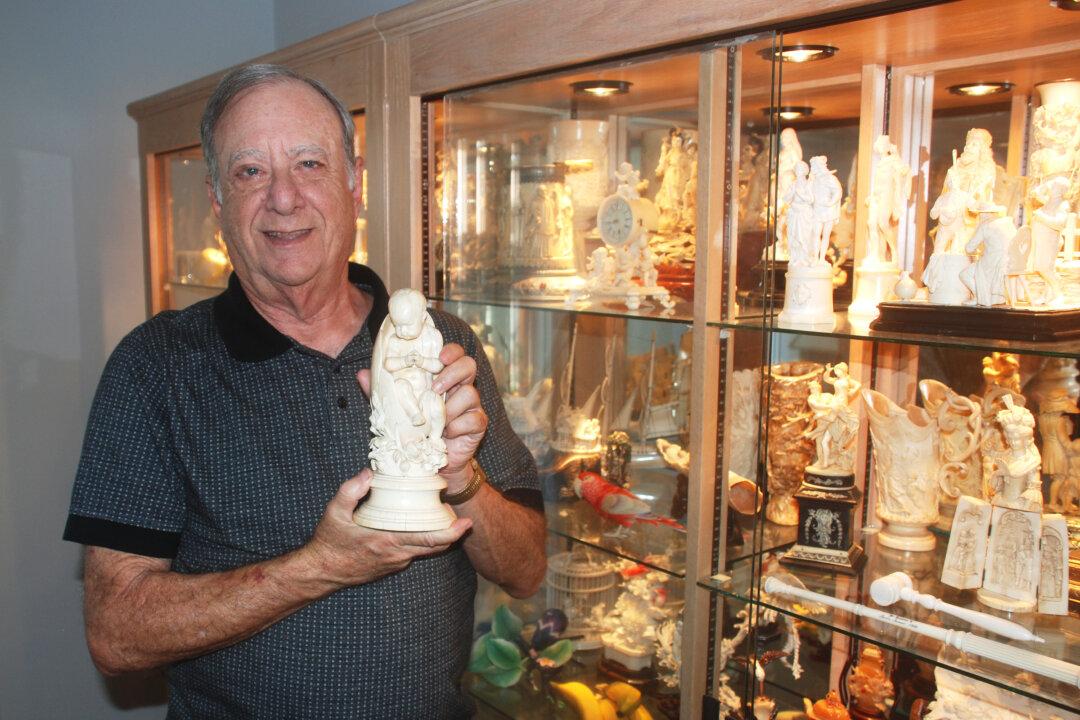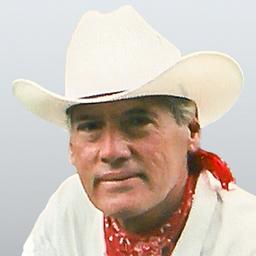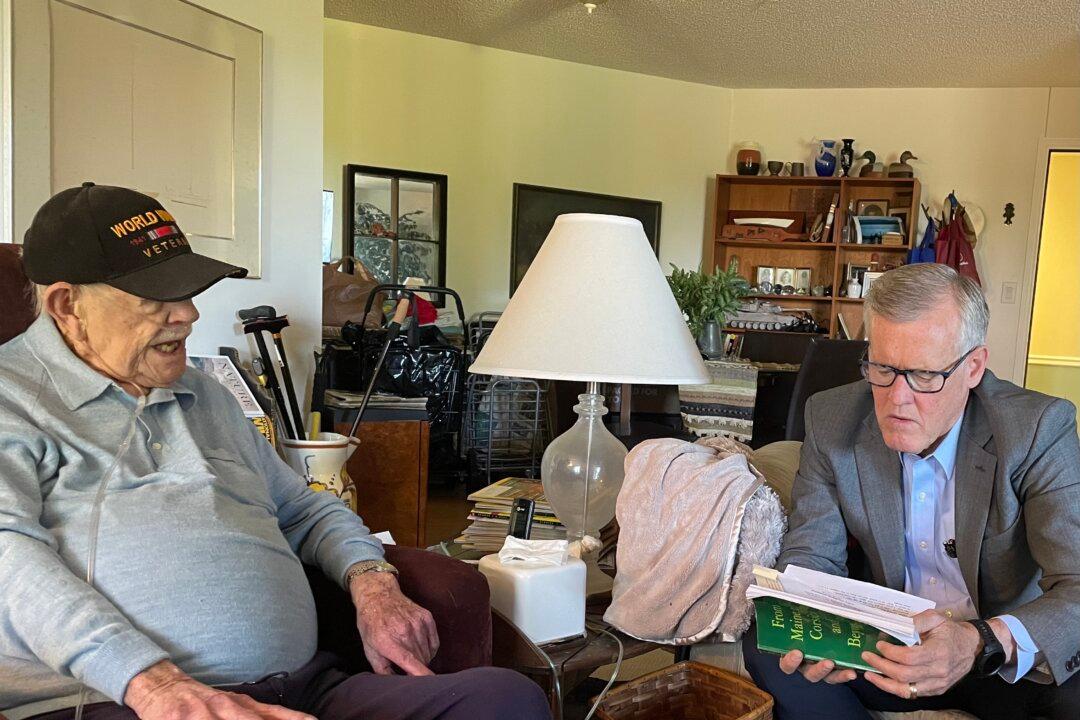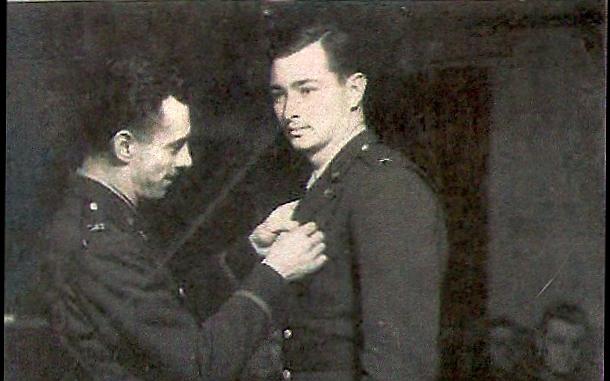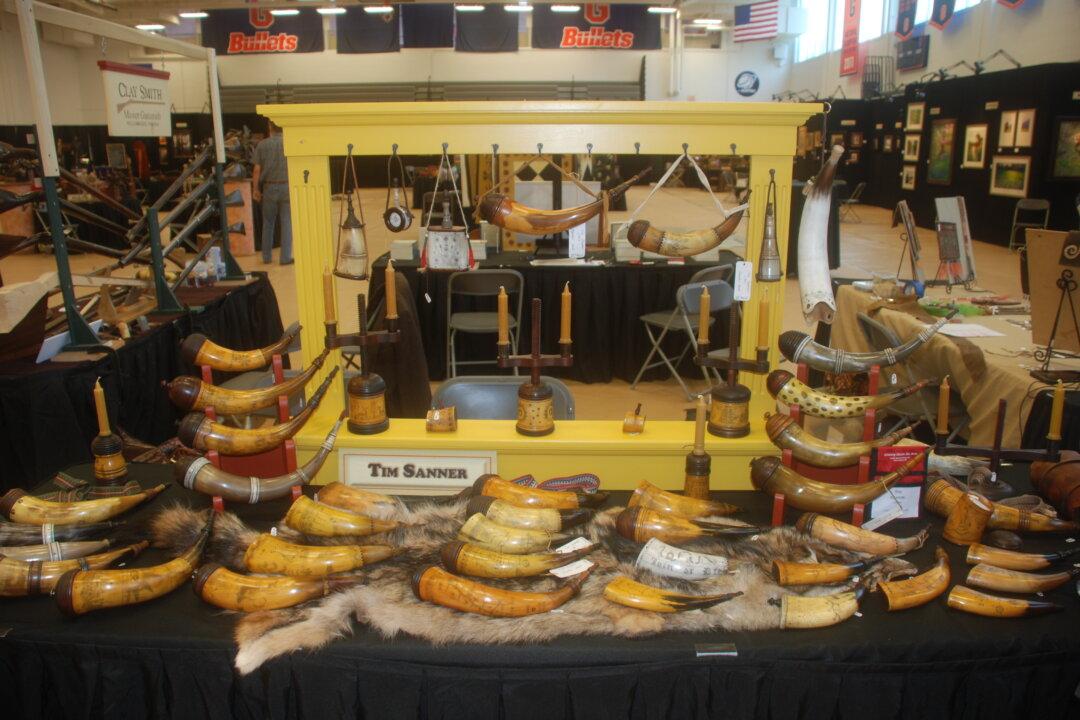Bob Weisblut owned a company specializing in burglar alarms and closed-circuit surveillance. Serendipity stirred his interest in ivory.
“I went to an auction in 1995. It was of government-confiscated goods. Most of it was pimp jewelry,” Weisblut said during an interview at his home in Ocean Ridge, Florida. “They put up the first carved ivory that I'd ever seen. It was of a Chinese woman holding a bouquet of flowers. I fell in love with it.”
Weisblut is a co-founder of the International Ivory Society (IIS) and one the world’s leading authorities on ivory.

An ivory holy water bucket, ca. 1830, in Bob Weisblut's collection. John Christopher Fine

